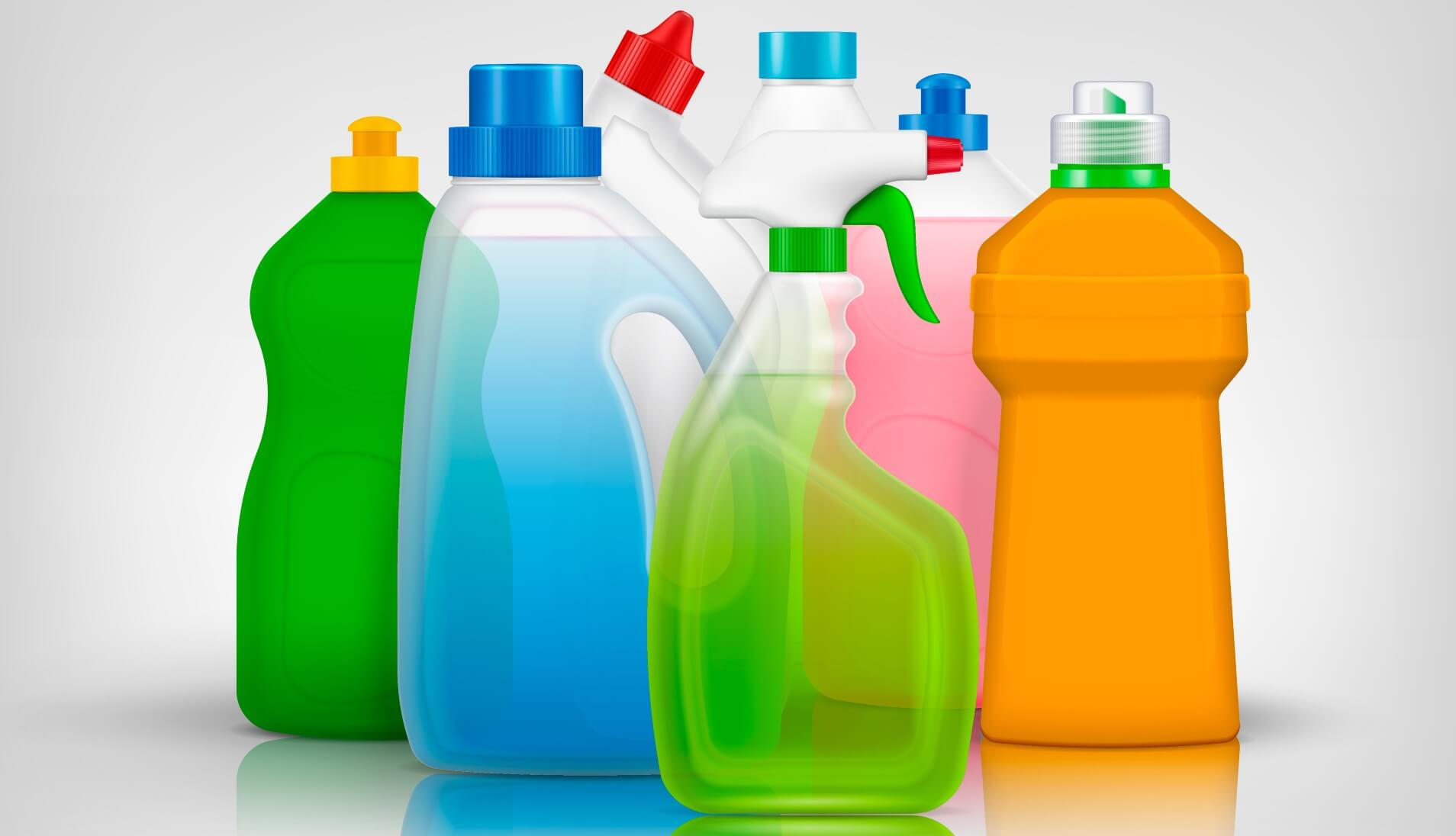Co-extrusion: Process, Applications, Benefits Over Extrusion
A co-extrusion process involves extruding two or more materials through a single die so that materials merge or weld together into a single structure before cooling. The advantage of using co-extrusion is that each material used maintains its desired characteristic properties in composite products, all of which properties would be impossible to attain with any single material.
Standard co-extrusion process: Solid plastic pellets are fed into a forming mechanism, where jacketed compression work to melt and feed the materials into a die. After the pellets are mixed and melted, they are passed through a single extrusion head, commonly known as the die, which is extremely important to execute the coextrusion process. As the materials continue through the die, a multi-layered cylindrical rod is made of the combined materials, cooled with water, and cut into specific lengths.
Co-extrusion involves multiple extruders forming layered or encapsulated parts. Sometimes five or more materials are used in a single cycle, with each extruder delivering the precise amount of molten plastic needed for the operation. The process has variations, depending on the point at which the separate melt streams are brought together. The thickness and flow rate of individual layers can be independently controlled, and it is also possible to handle polymers with substantially differing viscosities and melt temperatures.
Important points before starting co-extrusion:
- It is very important to select polymers that meet a host of performance requirements in the finished extrusion and will also bond to form a strong structure.
- It is necessary to use layers and additional extruders, if the polymers selected for the coextrusion do not provide adequate bonding strength.
NOTE: All plastic cannot be extruded because some polymers will not adhere, but introducing a conductive middle layer can often solve this problem.
Typical Co-extrusion examples: Just keep in mind that most extrusion processes use coextrusion in some form to produce products that cannot be made with just one resin source.
- Decking, boat docks, fences is a good example of coextrusion for structural units where it is used as an alternative to wood or traditional polymers for improved durability and aesthetic feel.
- Blow molded products, such as bottles, tubes are commonly used in the food and cosmetics industries are good examples of co-extrusion blow molding.
- Many coextrusion applications are in use in the areas of packaging, where specific resins with attributes such as are combined to produce a product that can be used in multifaceted applications.
- Cast, blown, and oriented film processes are used to produce products that are used in stretch wrap, decorative films, medical applications, trash bags, agricultural films, shrink film, shipping bags, and food packaging films for meats, cereal, snack foods, bakery goods, frozen foods etc.
- Coextruded sheet is used in construction, food packaging, and medical applications. Coextrusion is used in large scale blow molding to produce products such as gas tanks.
- In pipe applications, coextrusion is used to apply a stripe to one or more of the pipe sides, providing multilayer pipes that may have one color material on the inside and another color or material on the outside.
Finally let’s see some advantages and disadvantages of co-extrusion
Advantages
- Capability of making multi-layer and multi-functional structures that too in a single pass
- Reduce the number of steps required in general extrusion process
- High quality mono-layer extrusion coatings in larger varieties
- Different polymer selection and property criteria leads to overall saving
- Less energy required to power the machine
Disadvantages
- It requires a more sophisticated extruder and its operator, which leads to extra maintenance cost
- Physical properties might vary and some might be unable to be combined
- Demands considerable planning as well as forethought in the system design
- Sometimes it can be difficult to ensure that different polymers have similar melt viscosities
If you are serious and concerned about your polymer and plastic developments and new formulations, we highly recommend following online technical trainings which are worth to invest in your skills.
Twin Screw Extrusion; Set-up And Optimizing Process Parameters For Performance And Cost Saving
Polymer Additives and Compounding for Formulators: Enhancing Performance and Properties; Part - 2

